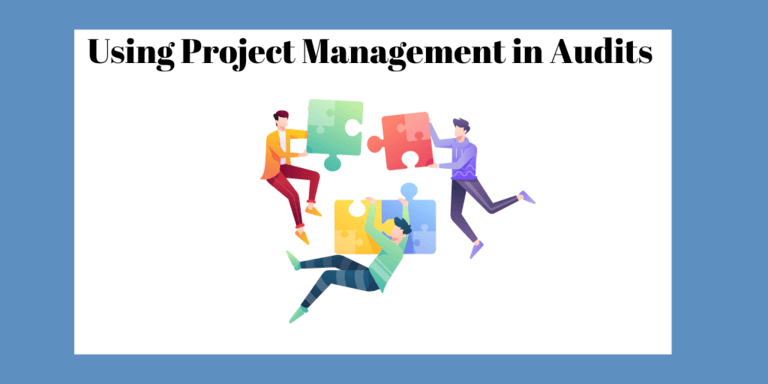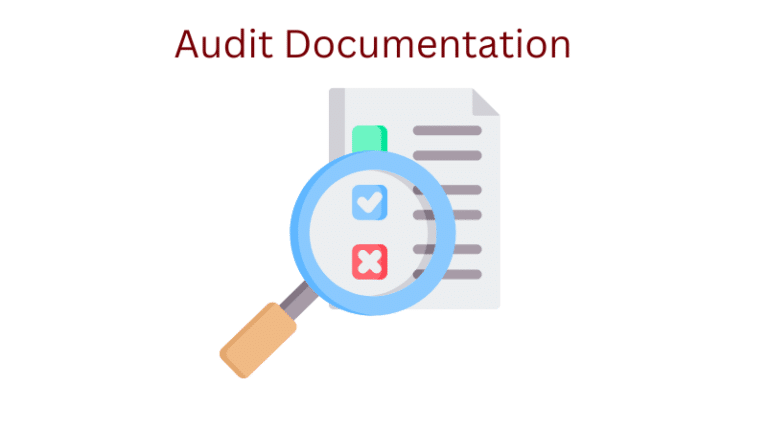Project Management in Audits: Key to Profit
On the first day of your audit, you’re confident you’ll deliver your report on time. You have visions of…
Auditing standards are issued by the American Institute of CPAs. Opinions rendered under this set of rules are usually issued in the United States, both for non-governmental and governmental entities. The purpose of the audit standards is to provide a basis for auditors to gain sufficient evidential matter to support the opinions issued. Auditors most commonly issue unmodified opinions, meaning the auditor believes there are no material misstatements in the financial statements.

On the first day of your audit, you’re confident you’ll deliver your report on time. You have visions of…

The Western District of North Carolina U.S. Attorney’s Office issued a press release on June 17, 2013, detailing how…

Do you know how to assess inherent risk? Knowing when this risk is low is a key to efficient…

Peer reviewers are saying, “If it’s not documented, it’s not done.” Why? Because standards require sufficient audit documentation in…

Today we look at one of most misunderstood parts of auditing: audit risk assessment. Are auditors leaving money on…

Auditing for fraud is important, but some auditors ignore this duty. Even so, fraud risk is often present. So…

Are you using substantive analytical procedures in your audits? Many auditors rely solely on tests of details when a…

Service organization control (SOC) reports are often necessary to understand outsourced accounting services. So, what are SOC reports and…

This article teaches you how to develop your audit plan and strategy. Once you complete your risk assessment, it’s…